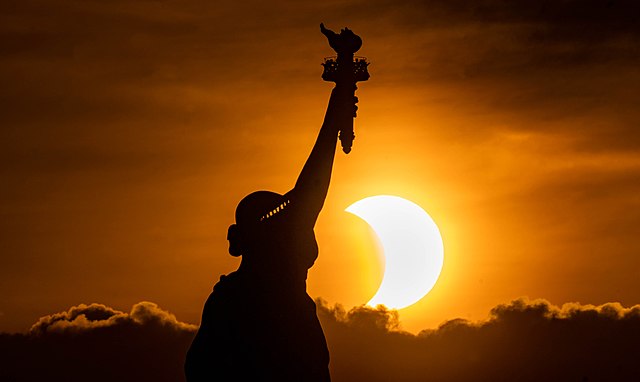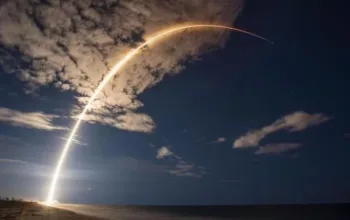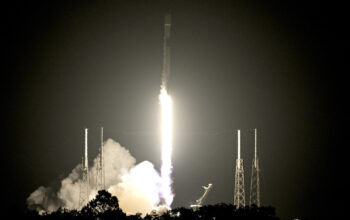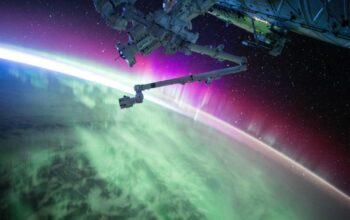Thirty minutes before totality, a large cloud dared to park in front of the sun. The sunlight split against the puffs to create a beautiful rainbow, but it was a nuisance for the more than 70 onlookers.
Granted they wanted the sun to be covered up, but by the moon, not a cloud.
“Got to get that cloud out of there. Move, cloud,” said Toby Dittrich, a physics professor at Portland Community College.
For him, the eclipse isn’t about the pictures of an occluded sun — although that’s enough for millions of other eclipse viewers gathering under its path from Mazatlán, Mexico, to Canada. Instead, he chose the outskirts of this small Mexican town because it was at the center of the eclipse shadow, providing 4 minutes and 30 seconds of totality, enough to understand our universe like never before.
Dittrich, fellow physicists and student researchers were planning to run one of the most famous astronomical experiments in history — one that proved Albert Einstein’s theory of general relativity.
It showed how our massive sun bends starlight around it, showing that space-time must be curved instead of flat as Isaac Newton had predicted. Since it was performed with rudimentary instruments in 1919, though, scientists have run only a limited number of loose follow-on tests.
Read more here from the Washington Post.

















